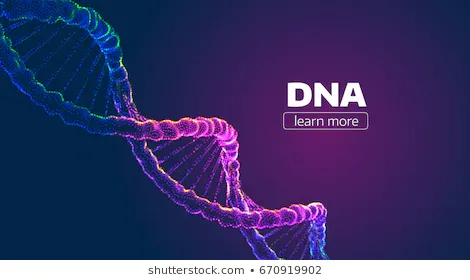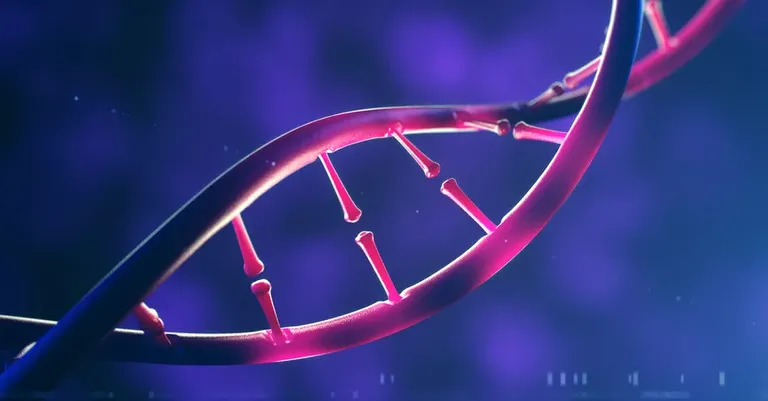Hello friends .... MY Name is Tuseef Akram ....... My Post Is DNA Information....................
DNA) is an atom made out of two chains that loop around one another to shape a twofold helix conveying the hereditary guidelines utilized in the development, improvement, working, and proliferation of every known living being and numerous infections. DNA and ribonucleic corrosive (RNA) are nucleic acids; nearby proteins, lipids and complex starches (polysaccharides), nucleic acids are one of the four noteworthy kinds of macromolecules that are basic for every single known type of life. 
The two DNA strands are otherwise called polynucleotides as they are made out of less difficult monomeric units called nucleotides. Every nucleotide is made out of one of four nitrogen-containing nucleobases (cytosine [C], guanine [G], adenine [A] or thymine [T]), a sugar called deoxyribose, and a phosphate gathering. The nucleotides are joined to each other in a chain by covalent bonds between the sugar of one nucleotide and the phosphate of the following, bringing about a rotating sugar-phosphate spine. The nitrogenous bases of the two separate polynucleotide strands are bound together, as indicated by base matching standards (A with T and C with G), with hydrogen securities to make twofold stranded DNA.
The correlative nitrogenous bases are isolated into two gatherings, pyrimidines and purines. In DNA, the pyrimidines are thymine and cytosine; the purines are adenine and guanine.
The two strands of twofold stranded DNA store the equivalent organic data. This data is recreated as and when the two strands isolated. A huge piece of DNA (over 98% for people) is non-coding, implying that these segments don't fill in as examples for protein groupings.
The two strands of DNA keep running in inverse ways to one another and are in this way antiparallel. Connected to each sugar is one of four sorts of nucleobases (casually, bases). It is the succession of these four nucleobases along the spine that encodes hereditary data. RNA strands are made utilizing DNA strands as a layout in a procedure called interpretation. Under the hereditary code, these RNA strands indicate the succession of amino acids inside proteins in a procedure called interpretation.
Inside eukaryotic cells, DNA is sorted out into long structures called chromosomes. Prior to regular cell division, these chromosomes are copied during the time spent DNA replication, giving a total arrangement of chromosomes for every little girl cell. Eukaryotic (creatures, plants, growths and protists) store the majority of their DNA inside the cell core as atomic DNA, and some in the mitochondria as mitochondrial DNA, or in chloroplasts as chloroplast DNA. Interestingly, prokaryotes (microscopic organisms and archaea) store their DNA just in the cytoplasm, in roundabout chromosomes. Inside eukaryotic chromosomes, chromatin proteins, for example, histones, reduced and compose DNA. These compacting structures manage the cooperations among DNA and different proteins, helping control which parts of the DNA are interpreted.
DNA was first secluded by Friedrich Miescher in 1869. Its atomic structure was first distinguished by Francis Crick and James Watson at the Cavendish Laboratory inside the University of Cambridge in 1953, whose show building endeavors were guided by X-beam diffraction information procured by Raymond Gosling, who was a post-graduate understudy of Rosalind Franklin. DNA is utilized by scientists as a sub-atomic device to investigate physical laws and hypotheses, for example, the ergodic hypothesis and the hypothesis of versatility. The exceptional material properties of DNA have made it an alluring atom for material researchers and specialists inspired by miniaturized scale and nano-creation. Among prominent advances in this field are DNA origami and DNA-based crossover materials.